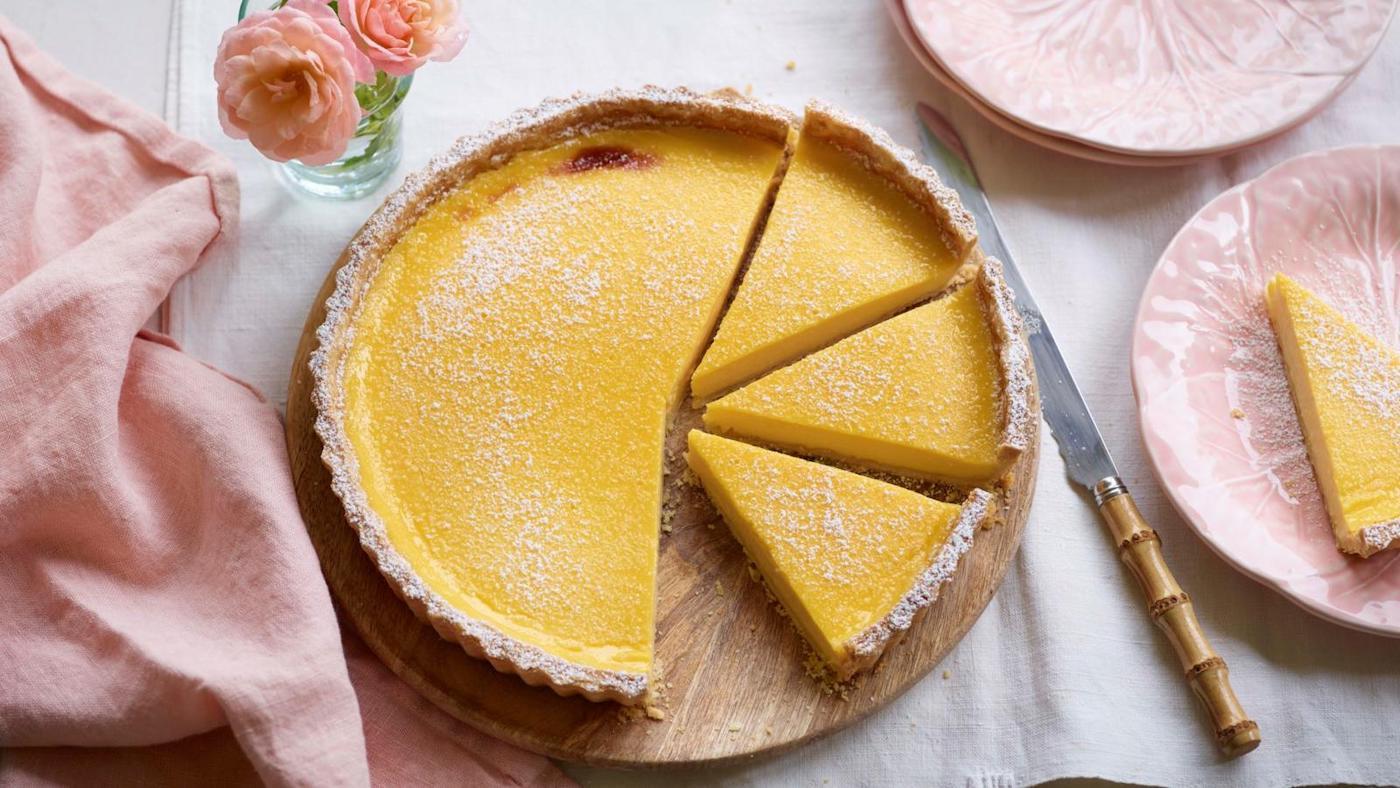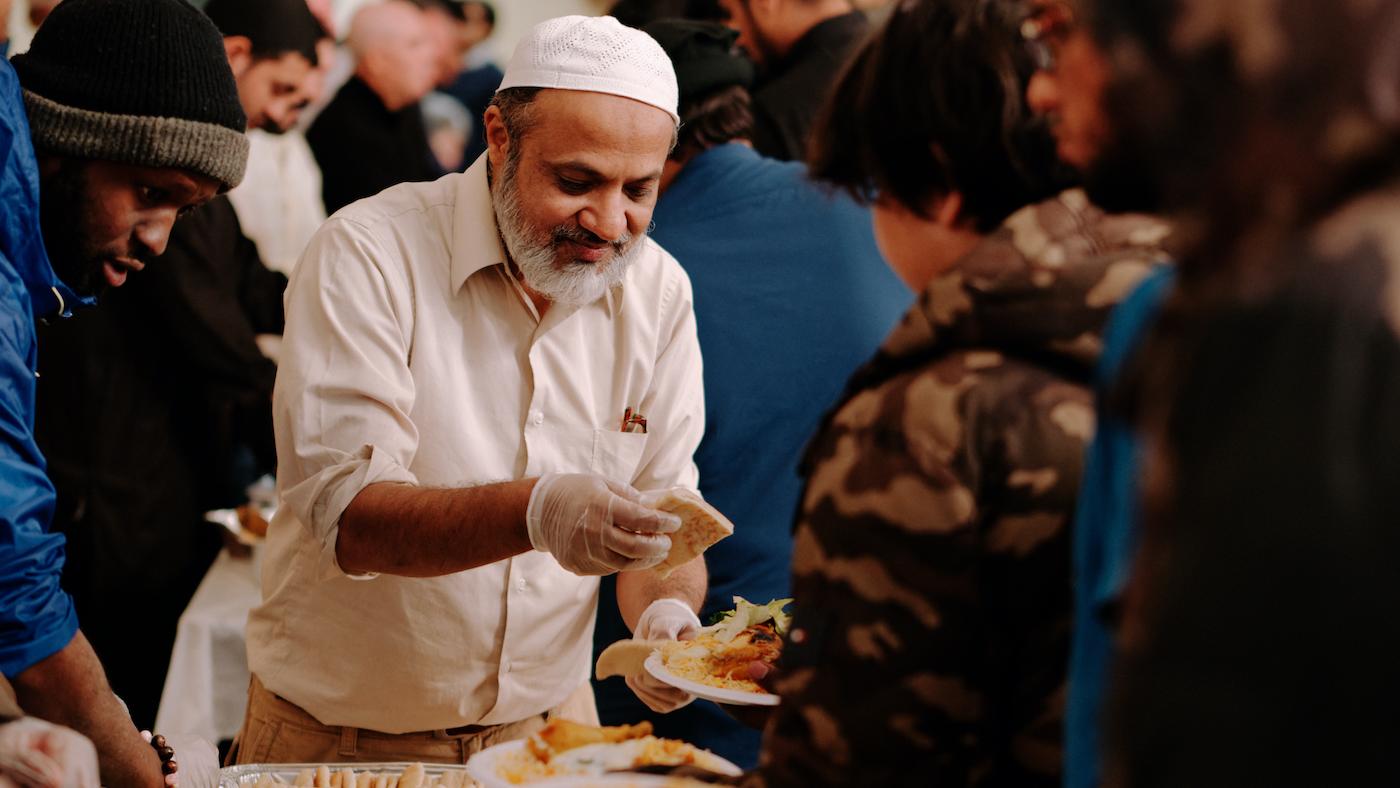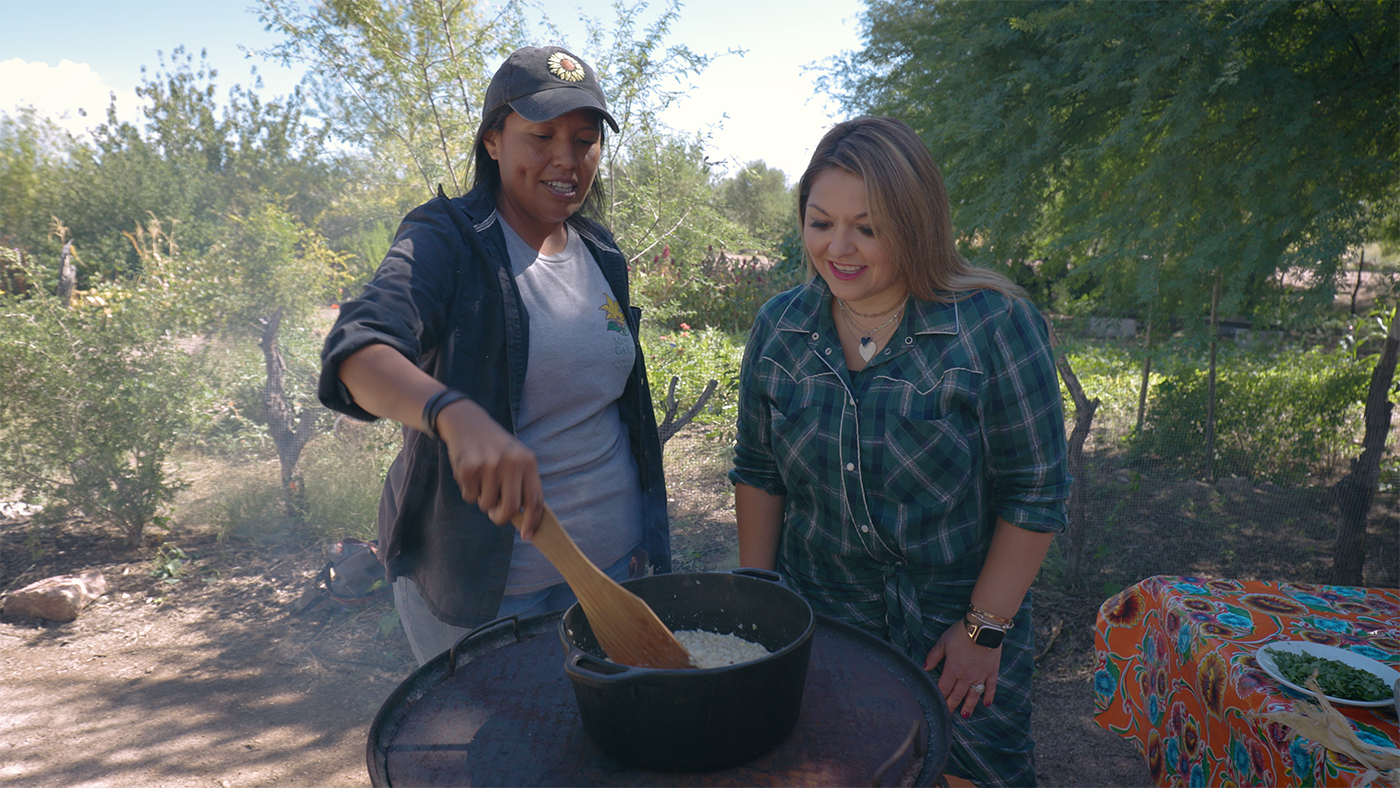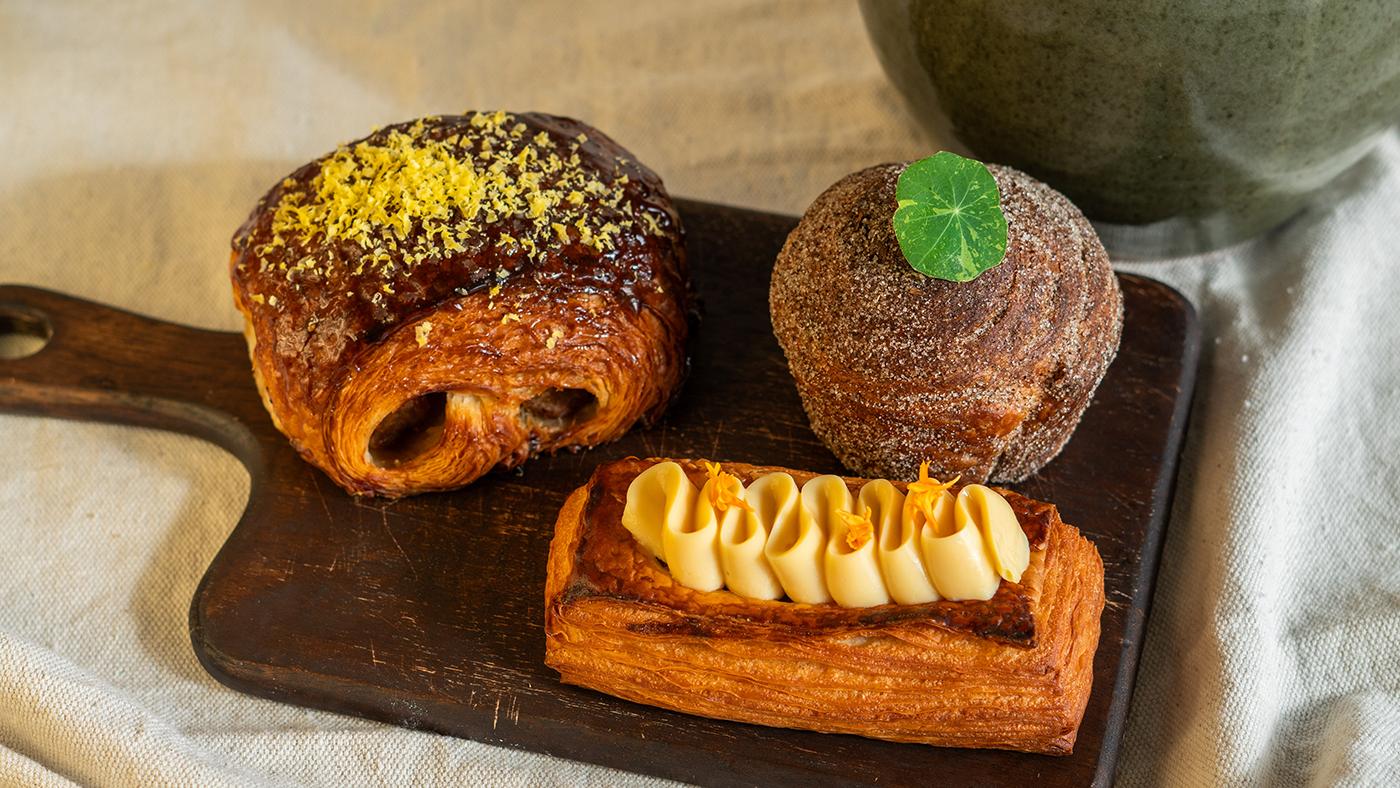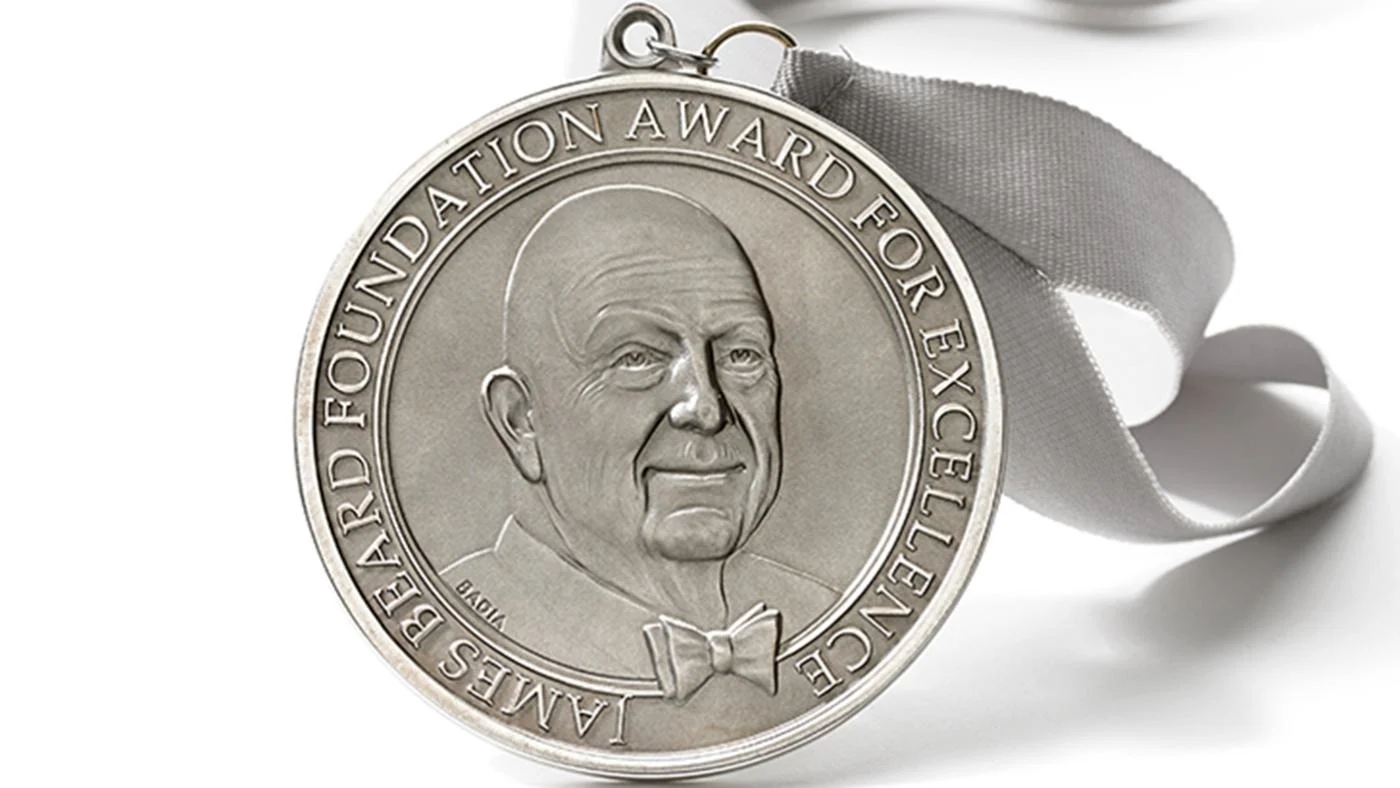Reducing Food Waste By Redirecting Restaurant Surplus Straight to Consumers at a Reduced Price
Daniel Hautzinger
July 14, 2022
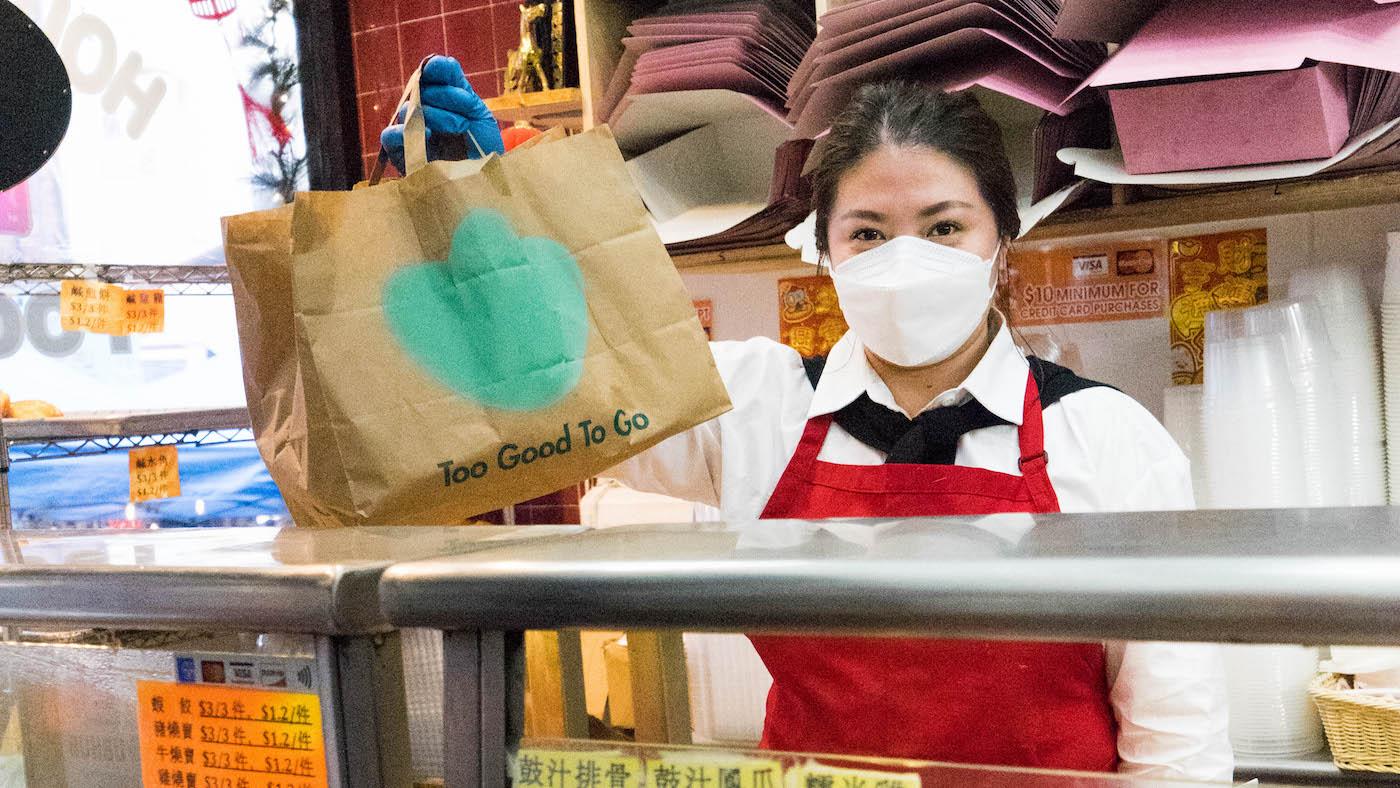
Since launching in Chicago a year ago, Too Good to Go has redirected around 108,000 meals from the garbage to the gullets of consumers. The app is designed to eliminate food waste, all at reduced price and to the benefit of the restaurants, markets, bakeries, coffee shops, and other eateries that would have otherwise simply thrown away surplus products. Too Good to Go allows businesses to list food that they weren’t able to sell but is still good—bread, salad, donuts, slices of pizza, sushi, juice, cake, coffee beans, and more—as a “surprise bag” for a user to buy at a fraction of the original cost and pick up at the end of business hours or the next day, depending on the business. Around 530 establishments have partnered with the app in Chicago so far: the flexibility and ease of customization is part of the appeal.
“I think that’s actually the main secret for our success, is that we make it extremely easy for operators to do this, to be part of the movement of fighting food waste,” says Gaeleen Quinn, the U.S. Head of Impact at Too Good to Go. A business sets up a dashboard on the app with the help of Too Good to Go and chooses pricing tiers based on the size of their orders. Employees then add or remove inventory as a day’s sales progress. Users of the app order and pay through the app, then arrive at the business during a preset window, confirm their pickup through the app, grab their food from an employee, and that’s it.
“It’s very easy for our employees to use,” says Natalie Slater of Liberation Donuts in West Town. “It’s a pretty low barrier of entry.”
That’s important, given the scope of the problem of food waste. According to a 2016 report by ReFED, a collaboration of organizations attempting to reduce and track food waste, 63 million tons of food in the United States is wasted either by being sent to a landfill or left unharvested and discarded on farms. That doesn’t include food that is composted, converted into animal feed, or otherwise discarded in a more sustainable way, which means that up to 40% of all food grown in the U.S. is wasted.
Over 80% of that waste occurs at home or in consumer-facing businesses such as restaurants, hotels, and other food-service businesses. Too Good to Go focuses on reducing waste in the latter. “We really try to work with any restaurant or any operator that has surplus or potential waste,” says Quinn. “We go basically door-to-door talking to operators, sharing that you have a solution here. We are a solution that any bigger or smaller business can include into their sustainability solutions.”
For Liberation Donuts, which donates half of the profits from one of its vegan donuts to a different nonprofit every month, using Too Good to Go made perfect sense. The app reached out to Slater soon after it launched in Chicago last year. “It was kind of perfect timing because we had only recently opened up…and were kind of finding ourselves struggling with leftovers at the end of the night,” Slater recalls. “It could be hard to know what was going to be a busy day or what was going to be a slow day, so trying to control waste on the production side of things was pretty tricky.”
Slater’s employees take inventory of surplus donuts when they close each day and add them to Too Good to Go. Customers can then purchase an order and pick it up the next day at the bakery’s opening, receiving as many as six donuts in an order—at least an $18 value for $5.99. In a year, Liberation Donuts has saved 805 boxes of donuts through Too Good to Go, according to Slater.
“Being able to reduce the amount of food that we’re throwing away at the end of the night is great, but on top of that, it helps us to recoup some of the costs because folks are paying a discounted rate for those packages, so we’re still recouping a little bit of those ingredient and labor costs,” she says.
The app also helps get the word out about businesses, especially newer ones. “It’s very good exposure, because what happens is a lot of people go into the platform and they’ll first hear our name there,” says Gabriel Fleury, the founder and CEO of the acai bowl and smoothie joint DEEP PURPL, which has expanded from two to seven locations in the past year. Someone can try DEEP PURPL at a reduced price through the app and then decide to return as a regular customer.
Too Good to Go allows DEEP PURPL, which uses the app at all its locations, to still sell a smoothie or bowl that wasn’t picked up, was ordered for the wrong location, or otherwise would be wasted due to some mistake. Quinn of Too Good to Go says that using the app sometimes helps businesses reduce waste not just after food has been prepared but also in their ordering of ingredients.
Putting together Too Good to Go orders everyday helps some operators identify surpluses in their ordering of ingredients and adjust accordingly. “They realize, ‘Maybe I’m actually ordering too much of this,’ so we’ve seen that it does decrease the amount of waste, and that’s really exciting for us,” says Slater.
Too Good to Go started in Denmark in 2016, and is now in seventeen countries around the world. It came to the United States in 2020 and is currently in twelve cities here, with plans to keep expanding.
Quinn herself used to be a restaurant operator and has worked in the food and beverage industry for over twenty years, so she is familiar with the difficulty of addressing food waste in a restaurant. “If you’re not in the business, you don’t really understand the complexity of things and how many variables you have to juggle to make sure that this food doesn’t go to waste,” she says. After reading about Too Good to Go several years ago, she reached out to the company. “I was like, ‘Why aren’t you in the U.S.? Please, come, let’s make it happen!’” she recalls. The app has now saved around 2.4 million meals in the U.S., according to her.
The company receives a fee for every order they save, which is taken out of a customer’s payment through the app. The rest of the money goes directly to the operator. Too Good to Go is a “really smart win-win-win alternative,” Quinn says, since businesses avoid some waste and are compensated for it, consumers get to eat food at a reduced price, and the food industry becomes ever-so-slightly more sustainable.
“I wish that we didn’t have to exist, and we really hope that someday we’re out of business because there is no more food waste,” she says. “We are always thinking about, what are all the different ways where we can have an impact and reduce waste, and how can we do it as fast as we can.”


